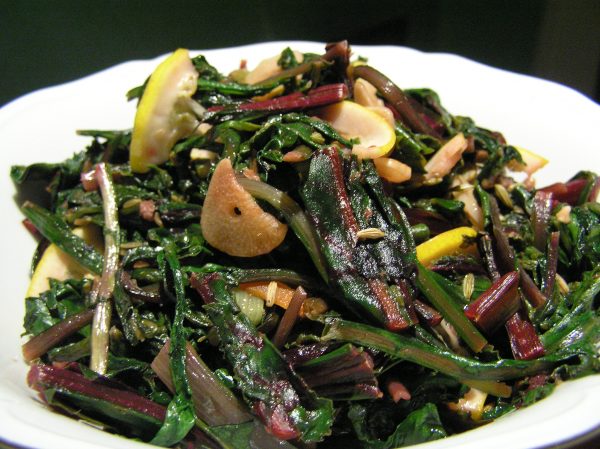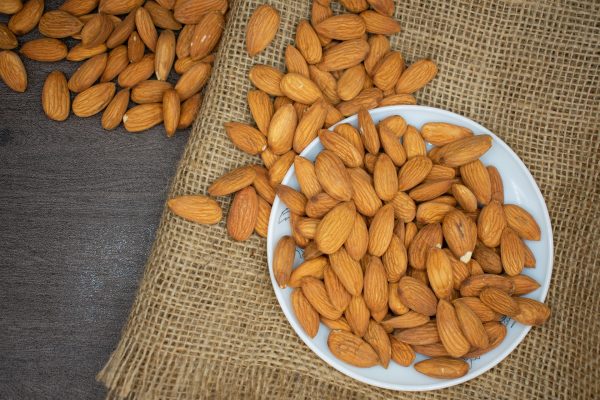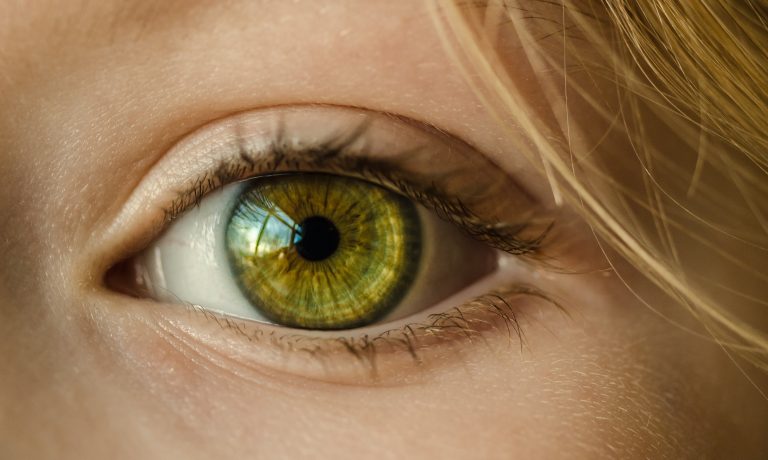Most adults, and even children, spend several hours a day on electronic devices, taxing the eyes. In addition, the eyes are the only organ, other than the skin, that is directly exposed to sunlight; so they must work extra hard to counteract all the harmful rays that can cause damage.
Oxidative stress is the damage to cells caused by environmental factors, solar radiation or chemicals. The retina, located in the back of the eye, is lined with light-sensitive tissue that captures light from the lens and converts it into neural signals, which are then transmitted to the brain through the optic nerve for eyesight. The retina, composed of one of the most metabolically active tissues in the human body, is subject to oxidative stress due to this activity. When the tissues in the retina undergo prolonged stimulation by light, it can cause light-induced damage to the retinal cells.
The macula, a small yellow mass in the center of the retina, is the chief provider for color vision and the ability to see fine details. This structure contains two main carotenoids or pigments, lutein and zeaxanthin, which absorb harmful ultraviolet and blue light that enter the eye. They serve as “internal sunglasses,” acting as a filter to reduce damage to the eye from harmful light.

Carotenoids are pigments produced by plants and they serve two key roles. They absorb light energy for use and, as antioxidants, they deactivate free radicals. The presence of carotenoids are what give the macula its yellow color. Concentrations of lutein and zeaxanthin are five times higher in the macula region than in other parts of the retina. Aside from filtering harmful light, they also serve as antioxidants and anti-inflammatory agents, helping to prevent oxidative stress.
Docosahexaenoic acid (DHA) is the primary structural fatty acid of the gray matter of the brain and the retina. Many DHA fatty acids on the retina are easily oxidized by light stimulation with daily overuse of the eyes, thus causing the retina to become inflamed. The human body has many ways to fight this light-induced oxidative stress. Vitamin E, lutein and zeaxanthin are the most important nutrients in these protective mechanisms. Providing the proper tools for the body to work with is essential for all forms of natural health. DHA fatty acid and carotenoid levels can be increased through the diet.
Success
You are now signed up for our newsletter
Success
Check your email to complete sign up
Incorporating more foods with nutrients like DHA, carotenoids and vitamin E into the diet can increase their levels in the cells. The National Nutrition Survey found that the average adult consumes only 68% of the recommended amount vitamin E. Studies have shown that the daily intake of nuts is less than 30% of the recommended amount and the daily intake of vegetables is only 60% of the recommended amount. Insufficient amounts of carotenoids and vitamin E in the diet will result in a deficiency.

Foods high in DHA fatty acids include wild-caught salmon and fatty fish like mackerel and sardines, flaxseeds, walnuts, pumpkin seeds and olive oil. Vitamin E is an important antioxidant in the human body as it neutralizes free radicals that can damage cells. Vitamin E also has anti-inflammatory properties. Nuts are a good source of vitamin E and it is beneficial to eat vitamin E in all of its different forms. In a study in the Journal of the American Medical Association, regular consumption of nuts every week can reduce the risk of Age-Related Macular Degeneration.
To improve the symptoms of eye strain and fatigue, nutritionists recommend incorporating nuts into the diet. This will increase the levels of vitamin E and to protect the eyes. A 20-gram pack of almonds can provide almost 40% of the recommended amount of vitamin E. Eating a diet with the recommended daily amounts of lutein, zeaxanthin and vitamin E can improve eye health.
Green, leafy vegetables and fruit contain high levels of lutein and zeaxanthin. Dandelion greens are especially high in these carotenoids and are recommended for maintaining eye health. Vegetables like kale, spinach, broccoli and orange vegetables and fruits like oranges, nectarines and squash also contain high levels of the two carotenoids. Egg yolk, corn and the dried fruit of Lycium barbarum (goji berry) have high levels of lutein and zeaxanthin as well. Foods high in vitamin E include eggs, avocados and a variety of nuts like sunflower seeds, almonds, peanuts and hazelnuts.
Our eyes are the workhorses for so many of our daily activities. It is important not to overlook their health. Incorporating more carotenoids and vitamin E into your diet will help them perform better and last longer, so it is well worth the extra consideration in planning your grocery list.







